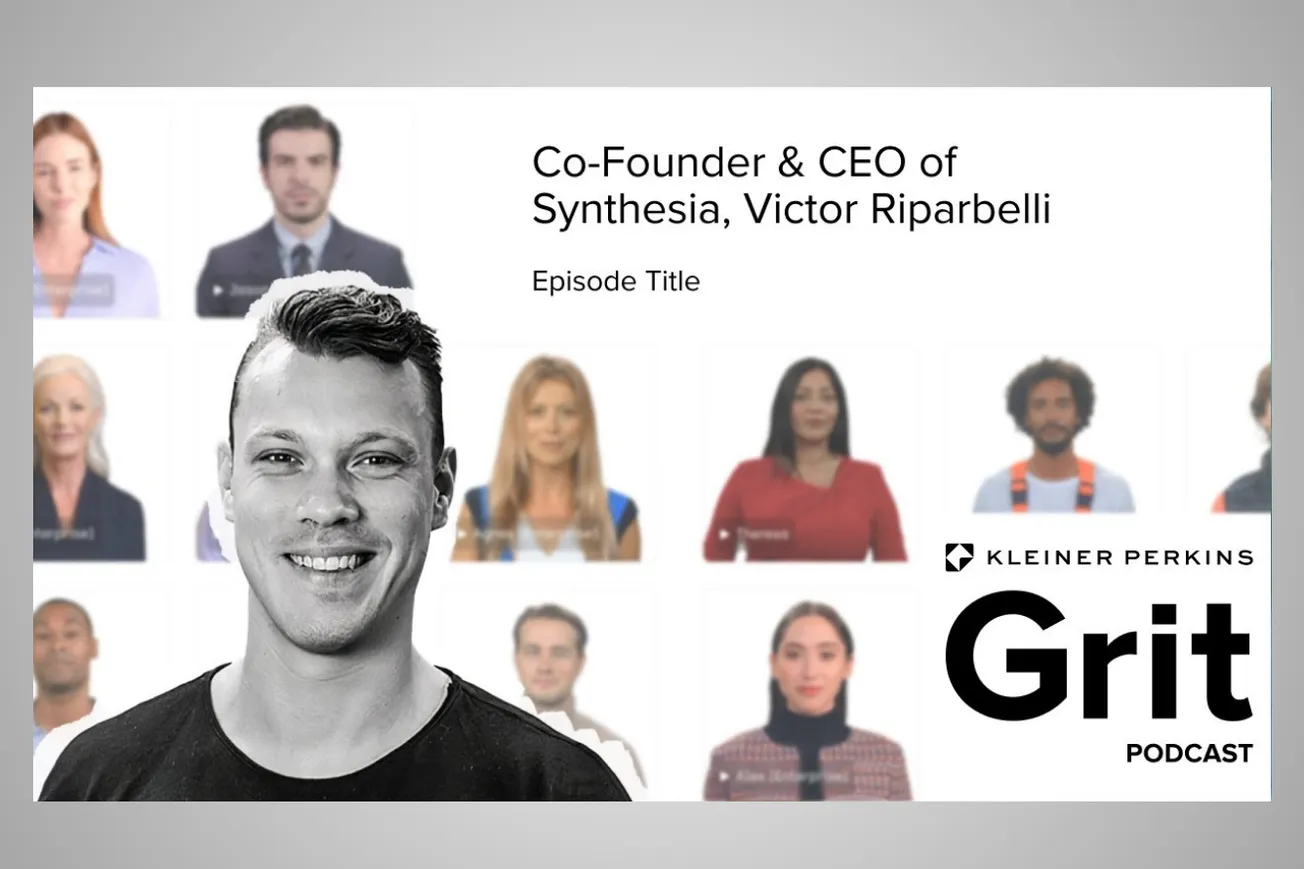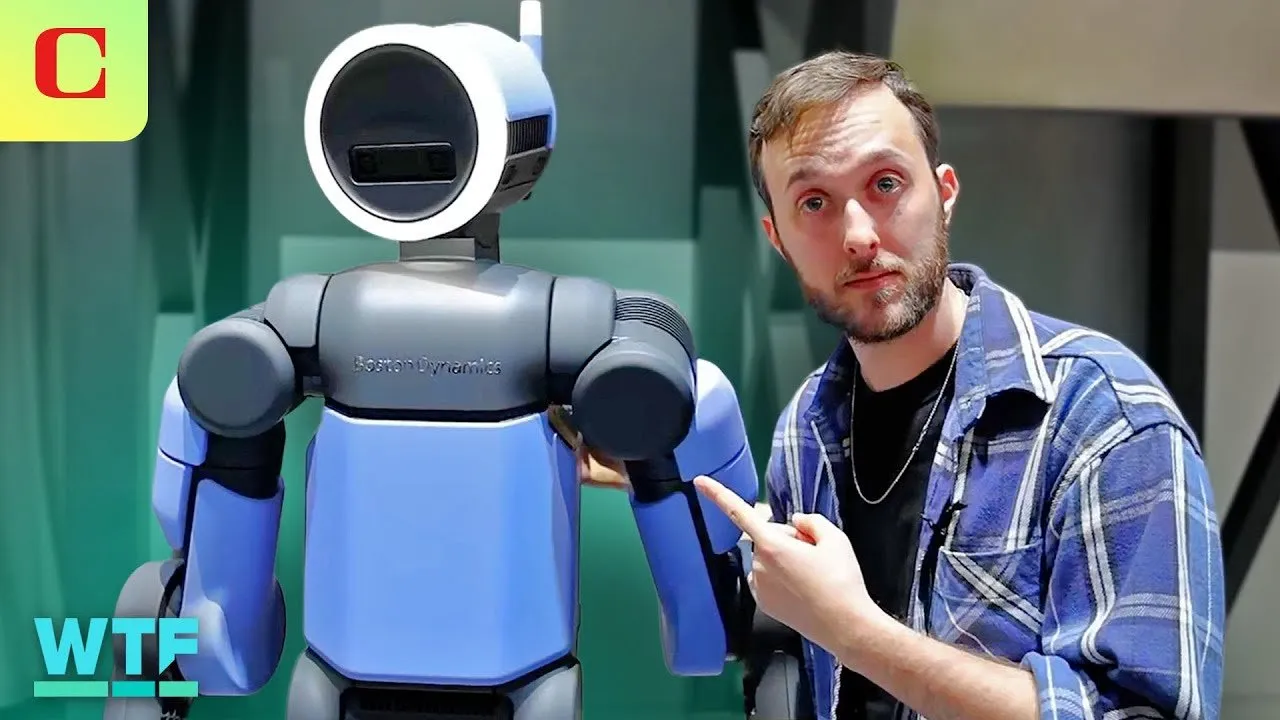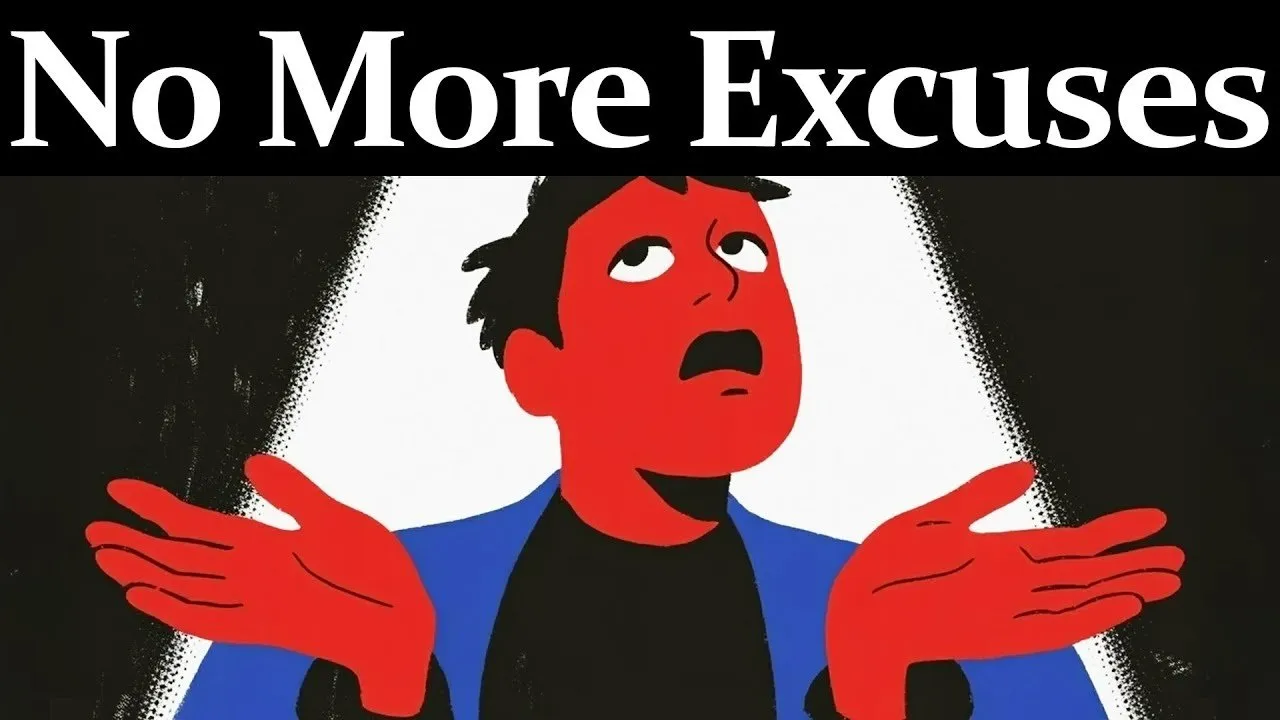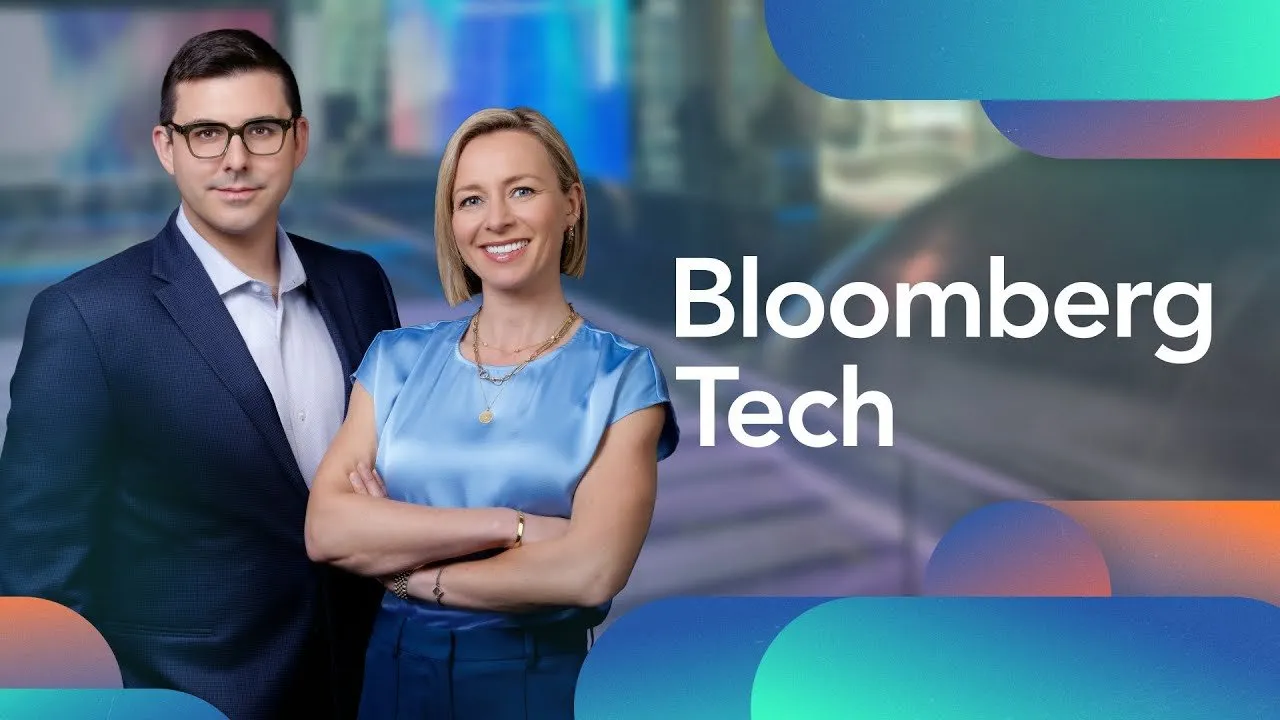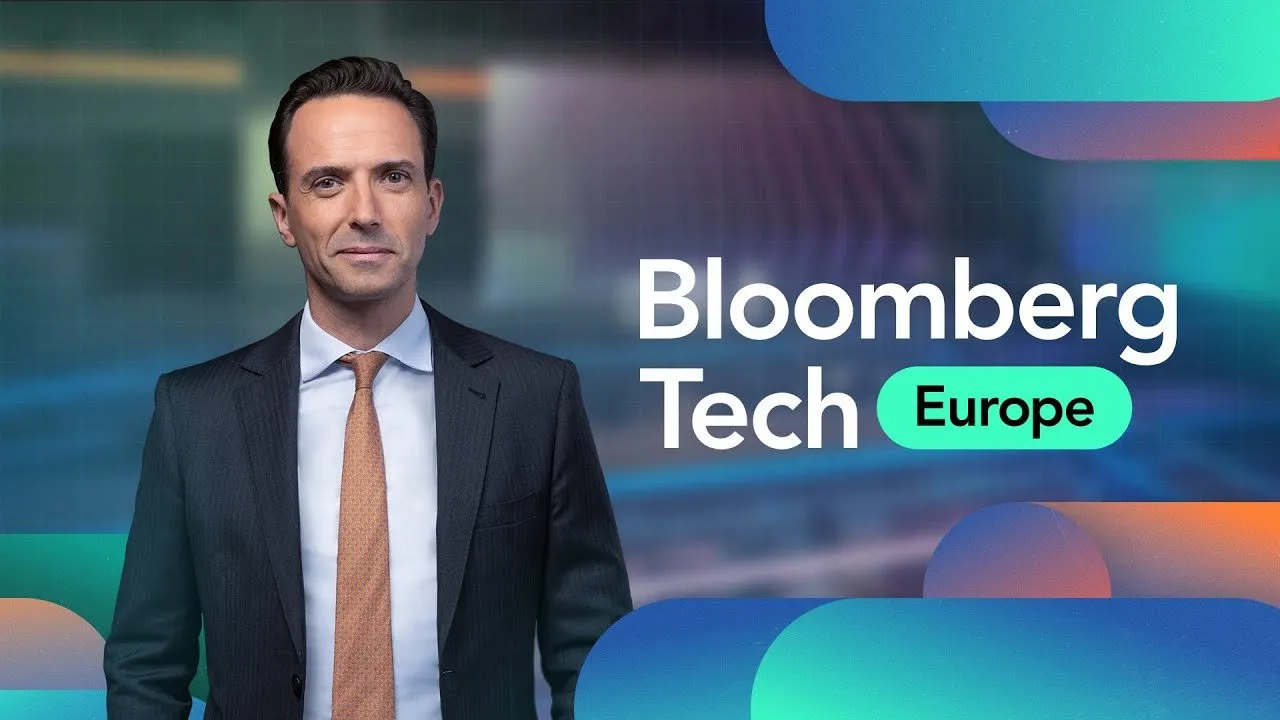Table of Contents
"We got turned down by I think like 100 investors... and the worse things are, the more we laugh" — Victor Riparbelli's journey from complete outsider to AI video pioneer reveals how relentless optimism and customer obsession can overcome traditional venture capital patterns.
Key Takeaways
- Non-technical founders can succeed in deep tech by focusing obsessively on customer problems rather than technology for its own sake
- The "utility over novelty" principle prevents AI companies from getting distracted by flashy demos instead of solving real business problems
- European startups face significantly lower risk appetite from investors, requiring different strategies and longer fundraising timelines
- Competition in new categories can be energizing rather than threatening, providing more market validation and customer education
- The transition from scarcity to abundance requires careful balance between maintaining startup agility and protecting existing business value
- Sequential technology adoption often starts with existing use cases before evolving into entirely new media formats and behaviors
- True product-market fit feels unmistakable after years of struggling—customers actively seek you out rather than requiring extensive persuasion
- Founder psychology requires embracing the "loose screws" that enable extreme risk-taking while managing their impact on personal relationships
Timeline Overview
- 01:33–02:45 — Founder Psychology: Discussion of the "loose screws" that enable extreme risk-taking and their impact on personal relationships and daily life
- 02:45–04:35 — Meeting Origins: How Victor and Josh first connected through Seedcamp in 2019, discussing Rubik's cubes and music production during early conversations
- 04:35–06:57 — AI Market Evolution: The disappointment in previous AI hype cycles and transition from "synthetic media" to "generative AI" terminology
- 06:57–08:22 — Synthesia Platform: AI video communication platform that transforms documents into avatar-narrated videos across 140 languages
- 08:22–14:34 — Competition Dynamics: How being copied by competitors actually energizes the team and provides valuable market validation and customer feedback
- 14:34–16:38 — Winner-Take-All Markets: The importance of achieving escape velocity and becoming the category-defining company before competition intensifies
- 16:38–21:36 — Origin Story: Starting with face-to-face research paper, building AI video dubbing, learning that existing video creators wanted vitamins not painkillers
- 21:36–23:41 — Category Creation: The challenge of democratizing video creation for people who never made videos before rather than augmenting existing creators
- 23:41–28:51 — Future Vision: Evolution toward personalized, on-demand content generation and the "Gutenberg Parenthesis" theory about text being temporary
- 28:51–30:07 — Uncanny Valley: Breaking through the final barriers to make AI avatars emotionally expressive and genuinely engaging to watch
- 30:07–33:17 — Workplace Transformation: Vision for bringing consumer video consumption preferences into enterprise communication and training
- 33:17–37:45 — Technology Scaling: Moving beyond camera-replacement toward programmatically generated content that's personalized and contextual
- 37:45–42:40 — Mark Cuban Investment: Finding an investor who already understood the technology vision rather than having to educate from scratch
- 42:40–45:15 — Proving VCs Wrong: How being forced to build a real business rather than pursuing acqui-hire strategy ultimately created competitive advantage
- 45:15–48:47 — Abundance vs Scarcity: Managing the transition from desperate funding struggles to unicorn status while maintaining company culture
- 48:47–50:54 — Customer Obsession: "Utility over novelty" philosophy exemplified by serving Italian cement companies that don't care about AI trends
- 50:54–54:41 — Performance Pressure: Balancing investor expectations with customer demands while maintaining agility as the company scales
- 54:41–57:16 — Personal Philosophy: Finding satisfaction in simple things like biking to work rather than status symbols after achieving financial success
- 57:16–END — Hiring and Growth: Scaling across go-to-market, AI research, and global expansion while maintaining startup impact opportunities
The Non-Technical Advantage in Deep Tech
Victor Riparbelli's success challenges the conventional wisdom that deep tech companies require PhD founders. His lack of technical credentials initially seemed like a fatal flaw but ultimately became a competitive advantage.
"At that time I was like 25 or 26 years old. I didn't really have any merits for starting this company. I'm not an AI researcher. I'm not even a software developer... I think everybody wanted me to be the PhD."
The perceived disadvantage forced a different approach: "Because we felt like we don't have that option—no one's going to come and buy us for $50 million because I'm not the guy that Meta wants—we always feel like we have to build a business. There's no other path for us."
This constraint created focus: "We just ran around for three years speaking to thousands of people to really try and build a first-principal understanding of what is video, why do people care about video, how do people want to make video, always with the goal in mind of building a business."
While technical founders often pursued acqui-hires, Victor's team had no choice but customer obsession: "We're forced to build a product and forced to find customers, which is a luxury I think a lot of other AI companies that era didn't necessarily have to do because it was such a hunt for talent."
The 100 Rejections and Mark Cuban's 4.5-Minute Response Time
Victor's fundraising journey illustrates how finding aligned investors matters more than prestigious names. After facing approximately 100 rejections, Mark Cuban's investment came from shared vision rather than education.
"We got turned down by I think like 100 investors... and also we were in Europe right, we're in London, and as much as I love Europe, the general appetite for risk and crazy ideas is way way lower than it is on the West Coast."
The breakthrough came through unconventional outreach: "Steph found his email in a kind of leaked hack somewhere on the internet... we sent him an email just like very short email saying hey we're working with this, here's a video of the tech... he responded back within 5 minutes."
Cuban's quick response stemmed from existing knowledge: "When we then met him after he had invested, he was like 'I actually built a prototype of this tech myself with a lecturer,' so he knew everything about the technology, he had exactly the same vision as we had."
The lesson was clear: "Finding someone who shares the vision and is evaluating the team, it's a hell of a lot easier to close a round with than someone where you have to first take them through this is the technology, this is the vision, where things are going to go."
Their tracking of Cuban's responsiveness became legendary: "We actually tracked this at one point. We had a spreadsheet where when we would ping Mark with anything, how quickly he responds, and I think the average was 4 and a half minutes."
Utility Over Novelty: The Italian Cement Company Test
Synthesia's "utility over novelty" philosophy prevents the common AI company trap of prioritizing impressive demos over solving real problems.
"When you work with these exciting technologies, it can be easy to get lost in driving attention and interest and wow moments or PR moments... because they don't always correlate with building a great product that people want to use over the long term."
Victor's favorite validation comes from unexpected sources: "What I get the most excited about is talking to a customer who's like an Italian cement mixing company with 7,000 employees you've never heard of them before, and the person I'm talking to could not give less of a fuck about AI or LLMs or GPT-style technologies."
These customers use Synthesia for purely practical reasons: "They're just trying to solve—they're trying to do their job better and we're providing a solution for them to do it. They don't use it because it's AI or because it's cool or interesting. They're just like I need to get this job done and this tool helps me do it better."
This customer obsession drives sustainable business: "Obsessing about those types of customers and those types of users is very important for us because they're ultimately the ones who will help us succeed."
Competition as Market Validation and Education
Rather than viewing competitors as threats, Victor sees them as valuable market validators and customer educators in the early category creation phase.
"For many years like we have a lot of companies who literally just verbatim copy everything we did... and it's a weird feeling because all of a sudden you feel like you're the big company right, like you're the one that everyone is coming at."
However, competition provides benefits: "What you get is you get so many more iterations from other companies to figure out where are the most valuable use cases with this technology... for many years we were the only ones who were really pushing to figure out what's the landscape, what are people going to use AI video for."
The market remains early enough for collaboration: "It is still really really early... there's so much more to come, and I actually welcome more iterations with customers even if it's not ourselves, because what we all want to do is build technology that helps people do something better."
Competition also sharpens focus: "When there's less walls to bounce off of, there's less signal that you see... when you start to get more competition, you have to take a position. You have to figure out what are the customers that you deeply care about."
The Uncanny Valley Breakthrough
Synthesia's next major breakthrough involves crossing the "uncanny valley" to create avatars that are genuinely engaging rather than merely functional.
Victor explains the concept: "The uncanny valley is when it's almost there—it's like 5% you can tell something's off—then we really don't like it... but right before it gets to actually break through the uncanny valley... we can go quite far up in computer games... but right before that we really don't like it."
The current limitation: "Today they're utilitarian... they can tell you something, usually there'll be some visual backdrop to it that they're kind of going through explaining, but the avatar in itself is not interesting enough that you would come home after a long day at work and watch a 15-minute avatar video."
The breakthrough is imminent: "That's going to come this year. They're going to become good enough that I think people will actually like watching them just for the sake of whatever they're saying, and that's going to be pretty big."
This enables new use cases: "The expressive avatars... is the first avatar technology where the avatar somewhat understands what it's saying. So you put in some text, and if you put in something that's happy or sad or excited or disappointed, then the avatar will actually understand it... they're performing it like a human would do."
From Scarcity to Abundance: Managing Success
Synthesia's journey from desperate fundraising to unicorn status creates new challenges around maintaining startup culture while protecting existing business value.
The early struggles were formative: "The second seed round took me like nine months to raise... an absolute desert walk and we were very close to going bankrupt at the time, and I think that definitely shapes the company."
This created lasting discipline: "We spent years really truly into the grind where there was no one handing out checks for us... better figure it out if you want to raise some money, and I think we've definitely brought that with us today."
Current success brings different pressures: "Of course there's more pressure right, like that kind of comes with raising more money, increasing valuation... but I think ultimately what it means for me... is like now we actually have a big business with lots of customers that are happy."
The challenge is balancing protection with innovation: "Once you become a real company, you actually have something to lose. I can't just steer the ship 180 degrees the other way... when you're pre-product market fit... you have nothing to lose, so you can be very extreme in the way you do things."
The Gutenberg Parenthesis Vision
Victor's long-term vision positions text as a temporary historical anomaly in human communication, with AI enabling a return to more natural multimedia interaction.
"There's a thesis called the Gutenberg Parenthesis, which the idea here is essentially that when we look back in thousands of years of the history of how we've communicated, text is going to have ended up being just a parenthesis in the middle."
The logic is compelling: "Text as a way of communicating is very very low dimensional... when you text someone versus when you speak to someone in real life, you communicate so much more in real life or in a video because you have your body language, you have your tone of voice."
Current consumption patterns support this: "When they're not at work, how much content do they consume that is text? Most people consume almost entirely podcasts and videos... but then when they go to work it's the opposite—they read a lot of documents, they send a lot of emails, it's very text driven today."
Synthesia aims to bridge this gap: "We want to bring that experience of being able to consume every piece of content in video and audio that you do in your private life... to the Enterprise."
Founder Psychology: The Necessary "Loose Screws"
The conversation reveals how successful founders possess psychological traits that enable extreme risk-taking while potentially creating personal challenges.
As Victor describes it: "The reason that you can go give everything up in your life, explore the wilderness like you did for three years trying to figure out a company when you could have had every other career path... is like some screws are loose, and those screws are the positive things that impact the business... but also the things that are your Achilles heel in normal day-to-day life."
The pattern is consistent: "Everybody knows what their strength is... and they all know what it means for their personal life and the weaknesses that it also brings with it... because the things that are important in business are not always the same things that's important in home life."
Learning to manage this duality becomes crucial: "Learning to separate those two is pretty hard when you're an obsessive personality, which I think most founders are in some direction."
Victor's personal approach involves conscious choices: "I know exactly what I'm interested in, exactly what I like to do, I know how I want to spend my time... and maybe for some people that's racing expensive cars—definitely not saying that's anything wrong with that—it's just not the thing that makes me happy."
Conclusion
Victor Riparbelli's journey with Synthesia demonstrates that category-creating companies can emerge from unlikely founders who compensate for traditional weaknesses through relentless customer obsession and systematic execution. His story challenges venture capital orthodoxy while illustrating timeless principles: understanding customer problems deeply, maintaining optimism through adversity, and focusing on utility over technological novelty. Most importantly, his vision of transforming workplace communication from text-heavy to video-native represents more than a product evolution—it's a fundamental shift toward more human and effective information sharing. As AI video technology crosses the uncanny valley and becomes truly engaging, Synthesia's early focus on real business problems rather than impressive demos positions them to capture the massive transformation from reading to watching that's already begun in our personal lives.
Practical Implications
- Non-Technical Deep Tech: Focus on customer problem understanding rather than technical credentials when building technology companies
- Rejection Resilience: Use extensive rejections as market education and investor alignment filtering rather than validation of concept weakness
- Vision Alignment: Prioritize finding investors who already understand your technology vision rather than trying to educate skeptical but prestigious names
- Competition Response: View early competitors as market validators and customer educators rather than existential threats in category creation phases
- Utility-First Development: Maintain "utility over novelty" principles to avoid the common AI trap of impressive demos without business value
- Scarcity-to-Abundance Management: Preserve startup agility and customer obsession culture while protecting growing business value during scaling
- Founder Psychology Awareness: Recognize that entrepreneurial "loose screws" require conscious management to prevent personal life disruption
- Sequential Technology Adoption: Plan for current use cases while building toward future media format transformation rather than forcing premature adoption

